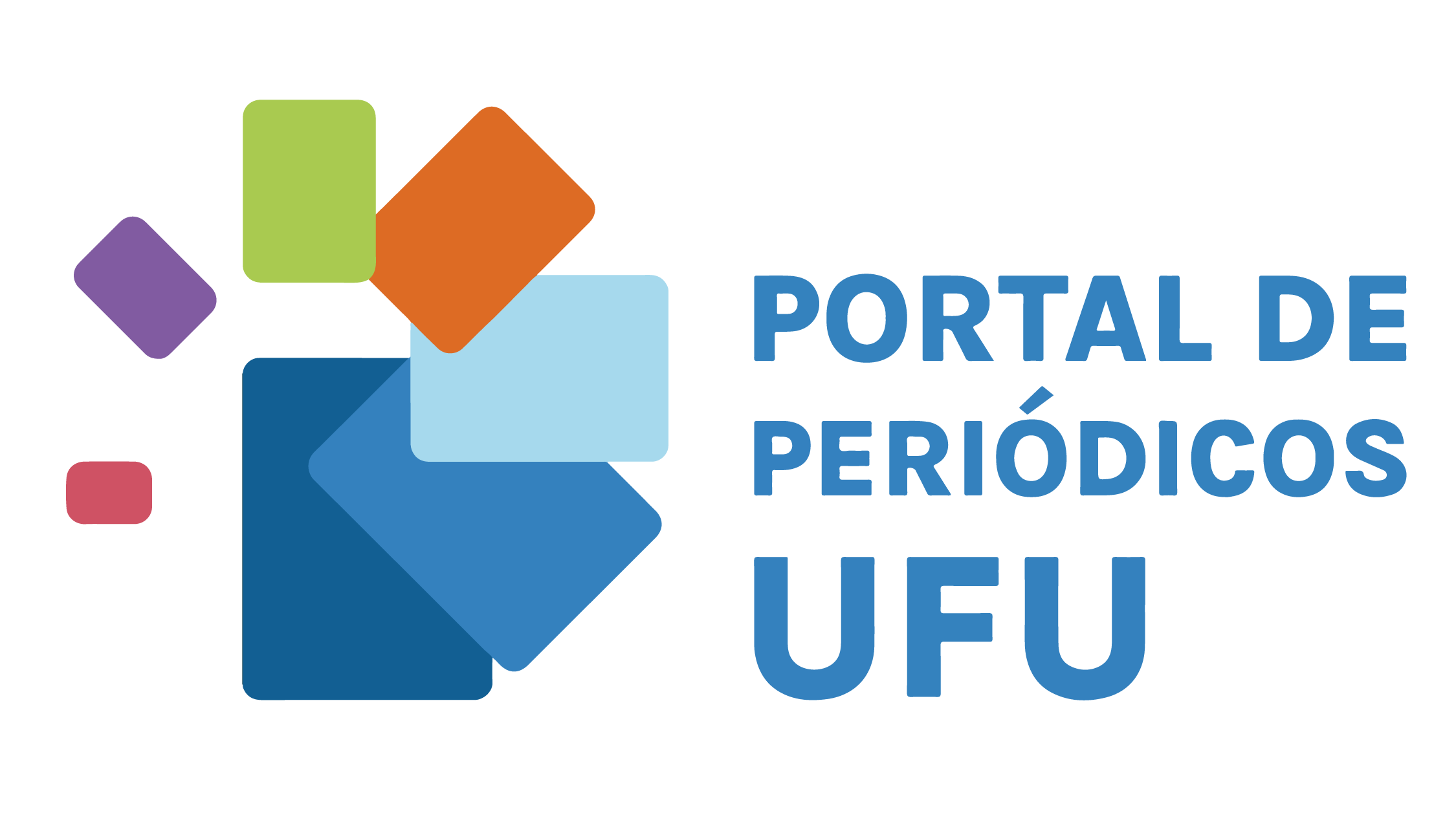Submissions
Submission Preparation Checklist
As part of the submission process, authors are required to check off their submission's compliance with all of the following items, and submissions may be returned to authors that do not adhere to these guidelines.- I am a graduate student (masters or PhD student) or a professional with master or PhD degree or professor;
- The author who makes the submission commits to inform, in the metadata and from the beginning, the names of the co-authors (if applicable);
- The manuscript is original and unpublished, and it has not been submitted for evaluating to other journals. (If the article is being published by another journal, authors should justify their submission to Domínios da Lingu@gem in "Comments to the Editor");
- Files for submission are in Microsoft Word format (.doc or .docx), OpenOffice or .rtf (since they do not exceed 5MB);
- URLs for references were reported when needed;
- The text is in space 1.5; Palatine Linotype font size 12; it uses italics instead of underlining (except with URL addresses); figures and tables (properly numbered and referenced) are inserted in the text, not at the end of the document, or as appendix or others;
- The text follows the style sheet and references guidelines described in Guidelines for Authors, in the section About the Journal;
- The authorship identification of the article was removed from the file and also from the article assets of Word Editor, thus ensuring the blind review, according to instructions available in Ensuring Blind Review;
- All submissions must comply with the journal style sheet, available in .docx format; download it here: https://1drv.ms/w/s!Aq3R_KrvKKr_n_R-oKe_bRQ3HO4GwQ
- The submitted text avoids plagiarism of other texts and it is not a self-plagiarism;
- The submitted text must contain between 5,000 and 10,000 words;
- Authors have included their ORCID number in submission metadata;
- Authors have included in submission metadata, the references of the work;
- Articles containing research with human beings must be accompanied by the process number of the Ethics Committee of the institution where the research was carried out or the CAAE number (Plataforma Brasil).
- The abstract must contain between 300 and 400 words.
Articles
Texts from academic research.
Articles - Literature Review
Area dedicated to articles that review the literature of Linguistics fields.
Review
Critical reviews of recently published works in the areas of Theoretical and Applied Linguistics are accepetd here.
Retrospective
Critical reviews of older but important works in the areas of Theoretical and Applied Linguistics are accepetd here.
Interview
Interview
Translation
We accept translations of articles and book chapters already published, as long as the legal permissions of the original author and/or publisher for publication in the translation format are attached to the file.
Complete Edition
Complete issue.
Introduction / Editorial
Journal regular introduction and number editorial.
Expedient
Expediente da revista.
Report
A seção relato foi desativada.
Copyright Notice
Authors who publish in this journal agree to the following terms:
Authors retain the copyright and waiver the journal the right of first publication, with the work simultaneously licensed under the Creative Commons Attribution License (CC BY-NC-ND 4.0), allowing the sharing of work with authorship recognition and preventing its commercial use.
Authors are authorized to take additional contracts separately, for non-exclusive distribution of the version of the work published in this journal (publish in institutional repository or as a book chapter), with acknowledgment of authorship and initial publication in this journal.
Privacy Statement
The names and email addresses entered in this journal site will be used exclusively for the stated purposes of this journal and will not be made available for any other purpose or to any other party.




